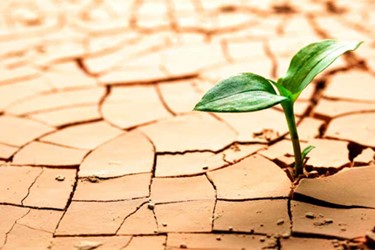Solutions For A Water-Scarce Future

The challenge of urban water scarcity is clear, present, and growing. In 2000, 150 million people lived in cities facing perennial water shortages, where available supply per person is less than 100 liters a day. Almost 900 million more lived in cities that faced seasonal shortages, where available supply dipped below this level at least one month each year. By 2050, these numbers are expected to grow to 1 billion and 3.1 billion people, respectively. Nearly a third of humanity – and over half of the 6 billion urban dwellers predicted by 2050 –will face critical water scarcity in their cities. As climate change produces variations in rainfall, these challenges could intensify in nearly every region of the world.
Cities are especially vulnerable to water shortages because their populations are highly concentrated and require reliable water supplies from their environs to maintain their intense pace of human and economic activity. For many cities, resilience means managing water variability and declining availability. Even minor, temporary disruptions of supply can affect millions of people and economic output. Longer-term disruptions can be fatal to a city’s growth prospects.
Resilience to water scarcity will require a range of solutions, including economic incentives, regulatory measures, and technology. This paper focuses on technology-based solutions, using specific case studies to highlight innovations that are helping cities address water scarcity today. These case studies focus on Xylem’s work in water recycling and reuse, desalination, and water resource optimization – and on the partnerships that make resilience possible.
Get unlimited access to:
Enter your credentials below to log in. Not yet a member of Water Online? Subscribe today.
